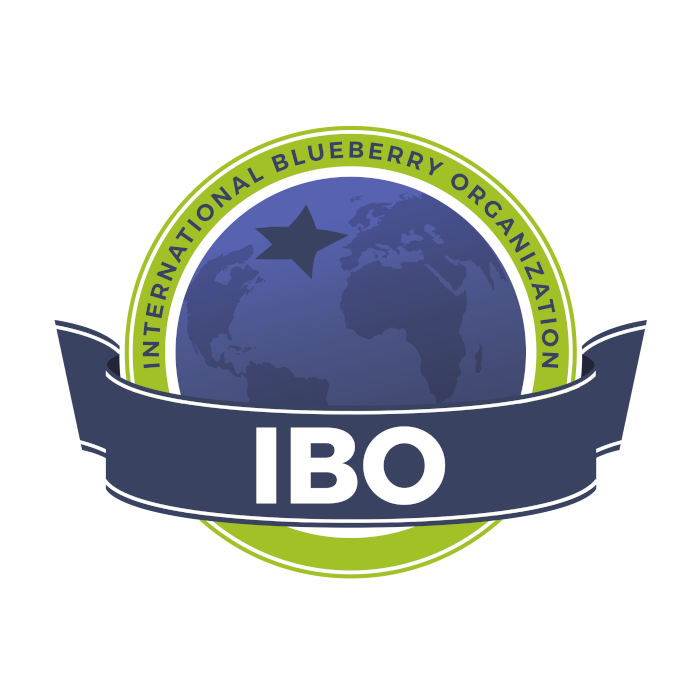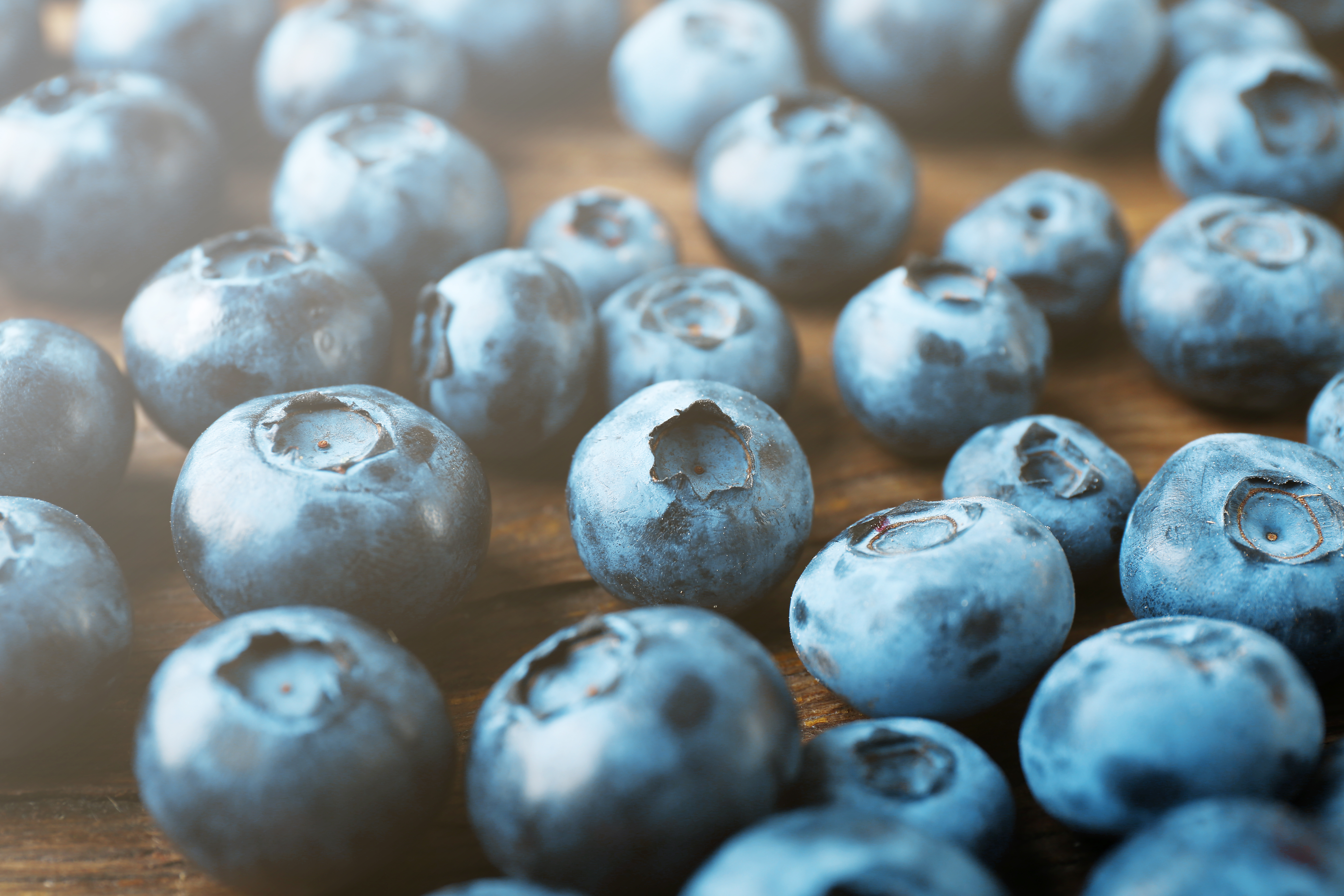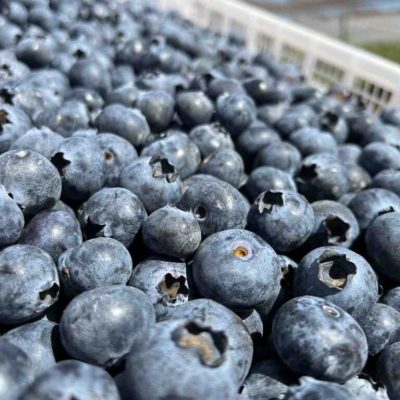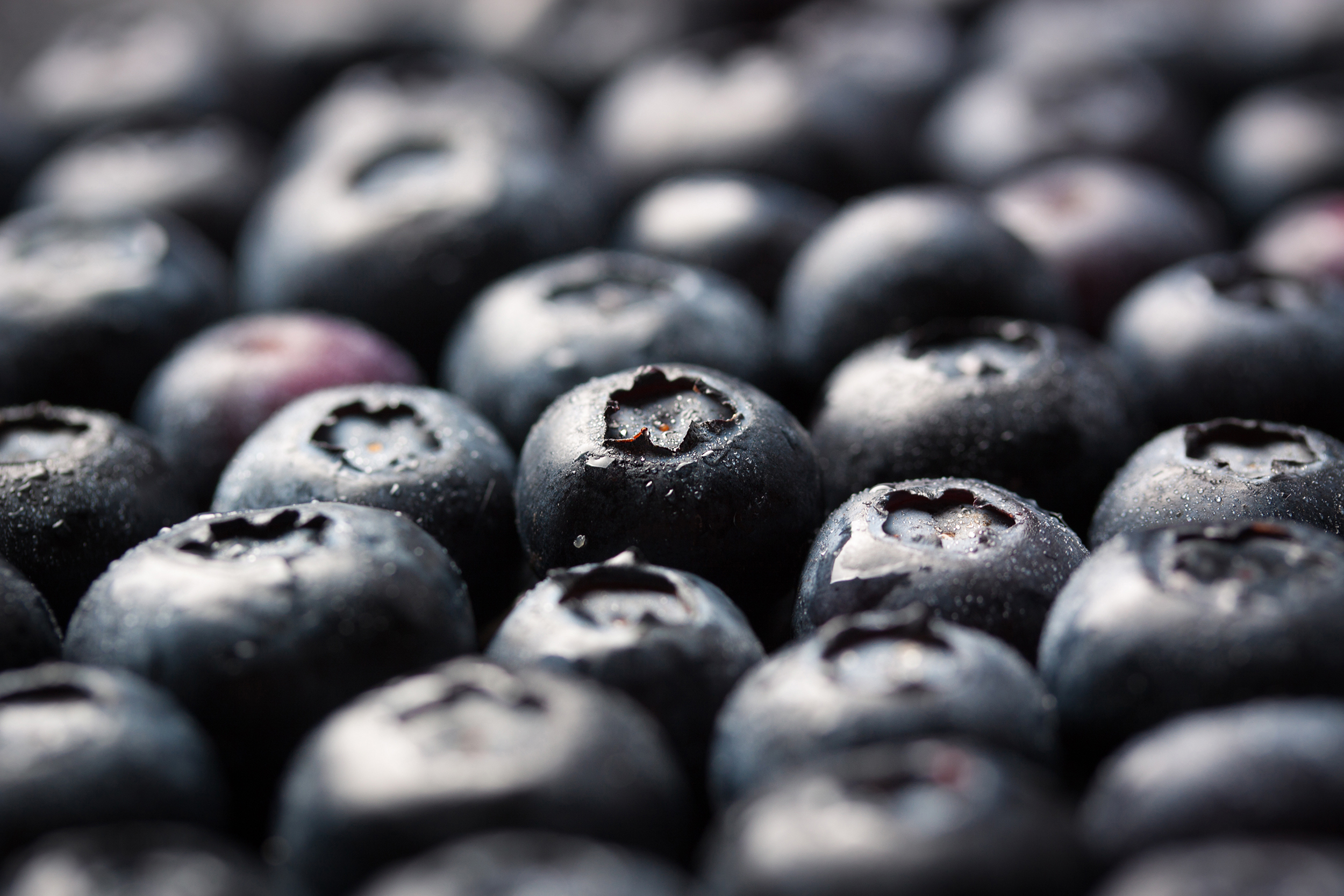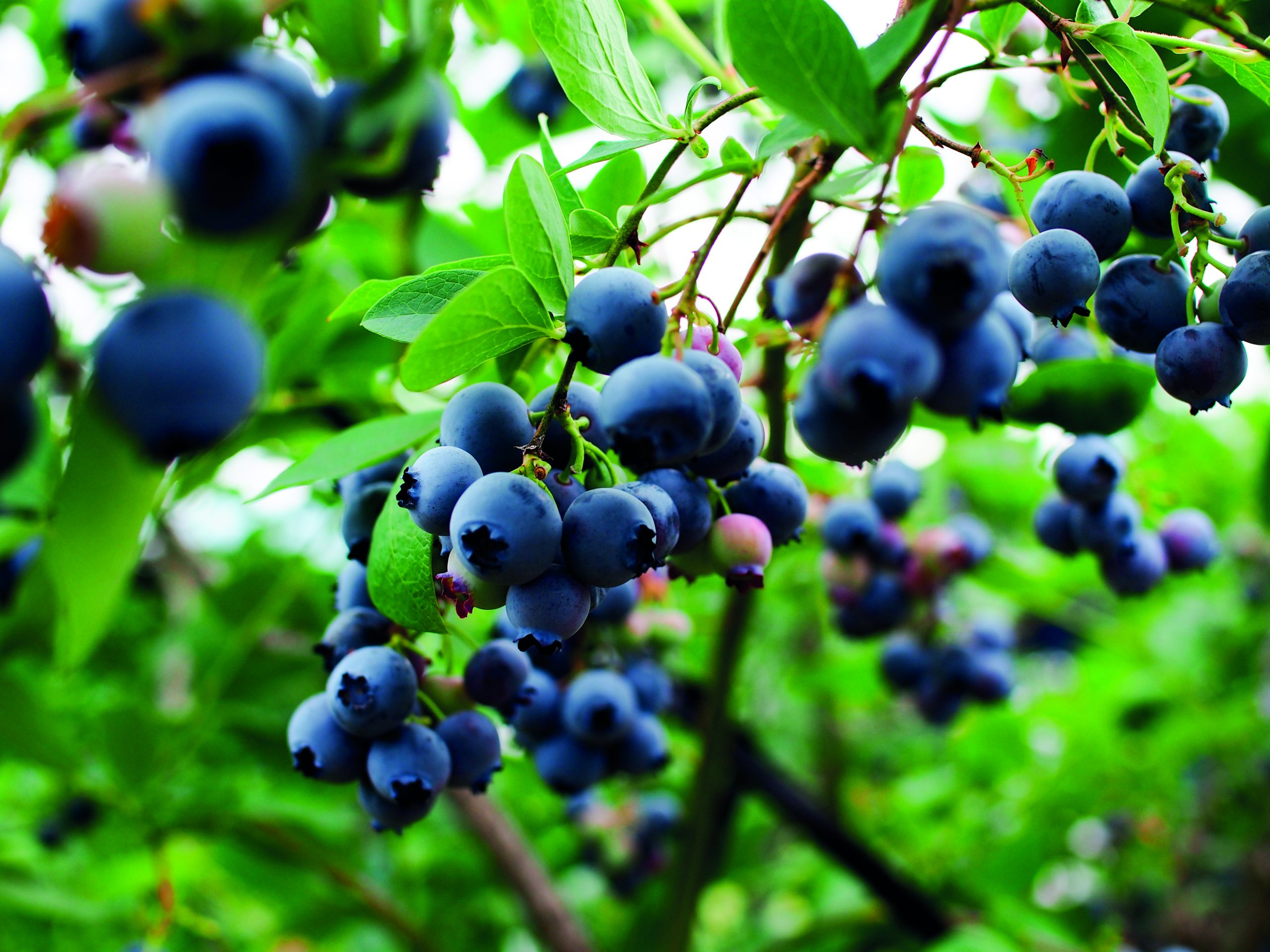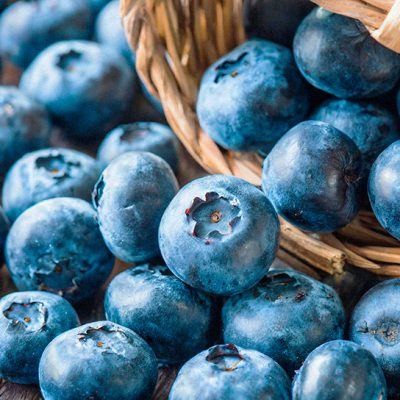“Not only the quality, the taste or the caliber are relevant. Consumers also want products that are sustainable”
Chile has been a relevant player in the world blueberry industry, becoming for many years the largest supplier against the most relevant world markets. An effort that has not only been limited to provide the product, but also to generate promotional activities with contributions from the public and private sectors of the South American country.
Currently in Chile there is an important adaptation to the new market conditions, ranging from the renewal of varieties, the work with producers and packings to produce, harvest and pack high quality fruit, to the reduction of transit times to the markets of destiny. All this in order to deliver a product that ensures an excellent experience for the consumer and that ultimately translates into increases in demand.
The last census conducted by Ciren revealed that the amount of hectares planted with blueberries in Chile already exceeds 18 thousand. In the last 4 years there has been a record of sale of plants that during that period mean 4 thousand new hectares planted.
Additionally, the Chilean blueberry industry has made an important effort in organic production, becoming the fruit with the highest proportion of organic in Chile.
All of the above predicts an auspicious path to consolidate the position of the Chilean blueberry in the world market, as a reliable supplier in terms of food safety and product quality.
New leadership for new challenges in the Chilean industry
 With more than 20 years of active work in the berries industry worldwide, Felipe Silva, has significant experience in the development of new markets and has been very involved in the marketing and production of different berries both in Chile and in Different countries worldwide.
With more than 20 years of active work in the berries industry worldwide, Felipe Silva, has significant experience in the development of new markets and has been very involved in the marketing and production of different berries both in Chile and in Different countries worldwide.
Agronomist from the Pontifical Catholic University of Chile; agricultural economist; MBA; and partner and general manager of ZurGroup, he assumes the presidency of the Blueberry Committee of Chile as a challenge and with a commitment to the industry in a very good personal moment.
What are the main challenges that the blueberry industry has in our country?
Since the creation of the Blueberry Committee of Chile, one of the pillars that have guided its work is the quality and condition of the fruit, not only thinking about the competition but also a necessary condition for the growth of the markets. A consumer with a good shopping experience is key to generating increases in consumption. And that has been a challenge that has also guided the work of the Committee: the development of markets.
On the issue of quality, this year we went further in this effort and implemented what we call the “Quality System of the Blueberry Committee”, work that involved transfers to more than a thousand producers in Chile and all exporting companies associated with the Committee. In addition, we are in the process of evaluating practices in orchards and packing centers, as well as the quality of the finished fruit.
In the light of the results, I think we have advanced a lot, with fruit from renewed varieties, which adds to the recognized flavor of blueberries produced in Chile, which is playing an important role this season.
Together with the objectives related to the positioning of the industry, what imprint will it seek to give to its management?
It is very gratifying to be able to contribute with the experience acquired, working together with all the members of the committee to continue promoting the Chilean blueberry industry. I am very excited to see that we are able to make the changes that the market is demanding from us, since currently, not only the quality, taste or size are relevant.
Consumers also want products that are sustainable in the broad sense, where workers who participate in the industry are treated with justice and dignity, that the impact on the environment and the environment is minimized, and that business behavior is impeccable. I believe that in these aspects our industry has much to say and show the world. We want to measure ourselves as an industry in order to highlight what we are doing well and correct those things where there is room for improvement. If there is one aspect that I am looking forward to that marks my management in the Blueberry Committee of Chile, it is in our sustainability position.
Chilean blueberry exports and consumption
What has been the behavior of exports and consumption in international markets?
During last season, exports of Chilean fresh blueberries were 58% to North America, 30% to Europe and 12% to Asia. In the United States, consumption increased as a result of the greater supply available in periods in which a few years ago the supply was very low, this was mainly due to the growth of Peru and Mexico.
Chile has maintained its total volumes, but has lowered its volumes of conventional blueberries and growing significantly in organic (34% last season). In the case of Europe there is a significant growth in consumption in many countries where penetration is still low, the same occurs in Asia.
You have raised the need to position the Chilean blueberry industry as an extremely reliable supplier of food safety and to maintain the industry as a quality leader in the different markets we supply. What is the current landscape and the main gaps?
From the point of view of food safety there are no gaps. Chile has been especially careful in this regard and cannot let go of its hand, so we continue working throughout the chain to ensure that our products are safe for consumers.
The gaps are more related to the arrival condition, which is where our quality system points. One part is addressed with the varietal replacement, which is underway and is already visible. On the other hand, the work in the orchards both in the handling and in the harvesting processes must reconcile the volumes and the quality, in order to have profitable operations for the producers, who have the scale and the quality to access
at the best markets and prices.
Maritime transits are also a gap that we are working, since we do it in a complementary way with other fruits, such as cherries that provide scale to generate very fast transits to China, and in the case of Europe they have improved significantly the times.
How has the internal consumption of this product behaved? It seems that it has become massive …
It is evident that local consumption grows. Both because of its status as “superfood” as well as as the supply with more efficient production increases, it effectively becomes more accessible to consumers. That happens here in Chile and also in other markets. The good news is that there are consumers who want this product more, not only because it is healthy, but also because it is highly appreciated for its taste and ease of consumption.
Promotion and new markets
Together with Peru, which other Latin American markets are you looking to expand exports?
Peru arrived to stay and fill spaces where supply was very low in relation to demand and this will only bring benefits, the greater the availability of good fruit exists in the market, the greater the growth and penetration in new consumers that will see available year-round product at more stable prices. However, there is also the presence of blueberries from Peru in the peak weeks of Chile, which forces us to renew and do things well. I think our industry can face this challenge well. In fact, we are already doing it.
What happens to the other consuming countries of the Chilean blueberry?
We have a promotion plan for this season in the different regions where we export our blueberries. In U.S.A. and Canada there is a strong focus on point-of-sale activities that facilitate the movement of fruit in peak weeks. In the case of Europe and a mixture of more established markets such as the United Kingdom and Germany, we will begin to explore markets with less penetration in the winter months, such as Poland and Italy, important producing countries, where domestic consumption is growing and we are helping to extend sales during our season.
In Asia, the focus will be on the most active markets but still have a lot of room to grow, such as China and Korea. In the case of India, where we can finally export from this season without spraying our fruit, we will closely monitor the results of this season to evaluate marketing investment opportunities next year.
IBO News
